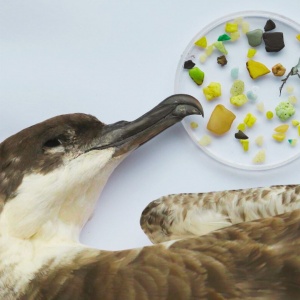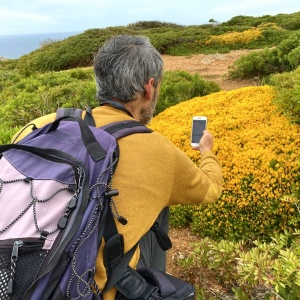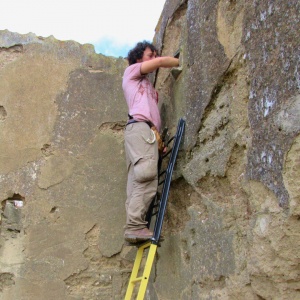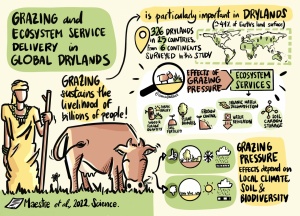Malumbres-Olarte, J., Rigal, F., Girardello, M., Cardoso, P., Crespo, L.C. , Amorim, I.R., Arnedo, M., Boieiro, M., Carvalho, J.C., Carvalho, R., Gabriel, R., Lamelas-Lopez, L., López, H., Paulo, O.S., Pereira, F., Pérez Delgado, A.J., Rego, C., Romeiras, M., Ros-Prieto, A., Oromí, P., Vieira, A., Emerson, B.C. & Borges, P.A.V.. (2021). Habitat filtering and inferred dispersal ability condition across-scale species turnover and rarity in Macaronesian island spider communities. Journal of Biogeography, DOI: 10.1111/jbi.14271 (IF2020 4,324; Q1 Ecology)
https://onlinelibrary.wiley.com/doi/epdf/10.1111/jbi.14271
Author of Illustration: Jagoba Malumbres-Olarte
New IBBC Study Shows of the Role of Habitat Type and Dispersal for Island Biodiversity
A study by a team of international researchers led by the Azores Biodiversity Group, from cE3c, revealed that the type (and probably the structure) of the habitat not only affects the species that are present on the islands, but also how these species are distributed. in space.
Islands have been considered natural laboratories to study and understand the assembly of species and the processes behind it. For instance, the processes related to movement or dispersal are thought to establish powerful filters for the species that may reach the islands and, as a result, species that can fly (like birds) or disperse using the wind (certain types of seeds) may have better chances to colonise islands and then become part of their communities. For a long time, biologists have also known that the type and number of habitats determine the species diversity and abundance (or rarity). However, little is still known about the patterns and processes within habitats and how they interact with dispersal-related processes.
To contribute to filling in this knowledge gap, we aimed to find out how much habitat type (forest vs. open dry habitats) and dispersal ability contribute to the differences between spider assemblages of the same habitat using four archipelagos of Macaronesia - Azores, Madeira, the Canary Islands and Cabo Verde - as a model.
We found that the spider assemblages of the same archipelago and habitat were (taxonomically) more similar and that the spider assemblages of dry habitats were more different to each other than the assemblages (also to each other) in the forests. Interestingly, these differences were greater among the spider species that are less likely to use a method called ballooning, a dispersal method that consists in using threads of silk to catch winds drafts and “fly” long distances. Also, we found that areas with dry habitat sites seemed to harbor more species with low abundances (rare species) than forests.
We concluded that habitat type does not only condition the differences between spider assemblages of the same habitat but also the scale at which they occur. These differences may be determined by the heterogeneity in the physical structure of each habitat as well as how much this structure facilitates aerial dispersal (ballooning) and should be considered in theories/hypotheses on island community assembly as well as in conservation strategies.
Our findings are highly relevant for theories on across and within island community assembly as well as for biodiversity conservation. In the context of the Macaronesian archipelagos, we show that dry, open (and often modified) habitats should not be neglected because they can contain unexpected levels of (local) spatial variability and uniqueness, and therefore, can be of much conservation value and the source of new ecological theories.






